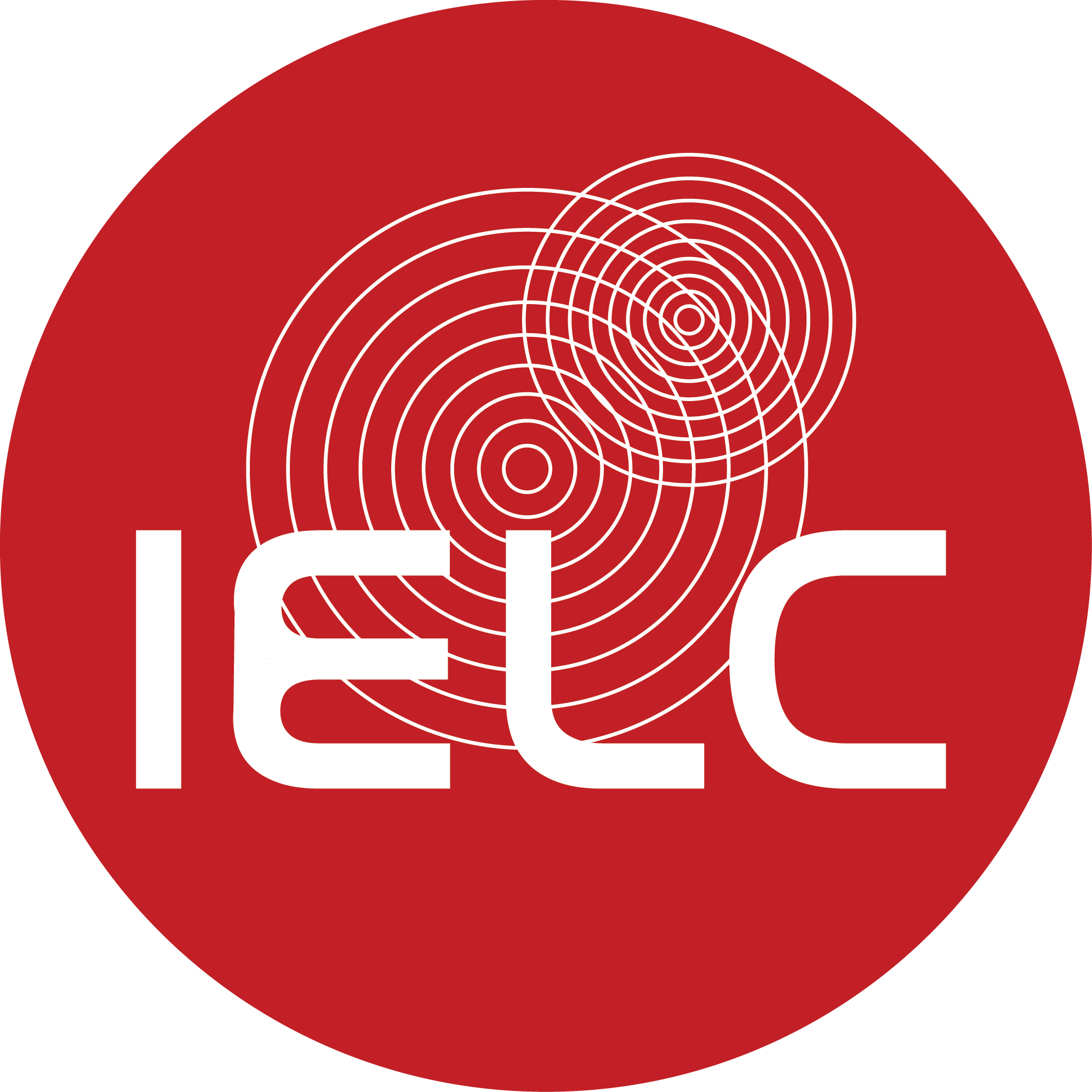Description
Teacher innovation, which is collective introduction and application of novel and useful ideas initiated by teachers, is crucial for inherently rewarding teachers, cultivating creativity in students, sustaining professional learning communities, and differentiating “stuck schools” from “moving schools”. However, despite the well documented merits, open exchange and exploration of creative ideas in schools could entail a risk because other school members, especially school leaders, may interpret and react to the creative ideas and practices differently. Moreover, engagement in deep, integrative dialogue among teachers, which is essential for transforming creative resource inputs into teacher innovation, has been a constant challenge for schools. In contrast to the vast literature on top-down introduction and implementation of innovative projects in schools, little is known about the types of teacher innovation, and even less on how voluntary, bottom-up innovative practices emerge among teachers.
Using a two-phase research design, the project team attempts to:
- Develop a parsimonious taxonomy of teacher innovation at primary and secondary schools;
- Examine the determinants and process of teacher innovation; and
- Investigate under which conditions schools are most conducive to teacher innovation.
Based on extant literature on innovation, a provisional four-type taxonomy of teacher innovation is proposed. The study also draws on the componential theory, the interactional perspective, and school improvement literature, and proposes hypotheses regarding the factors and processes that enable teacher innovation.
Expected Outcomes
-
To enable a timely documentation of teacher innovative practices in Hong Kong, which facilitates a more nuanced understanding of the educational achievements as well as challenges in the society;
-
To establish a theoretical model that predicts teacher innovation, which will lay a useful foundation for future studies on teacher innovation in Hong Kong and elsewhere.



